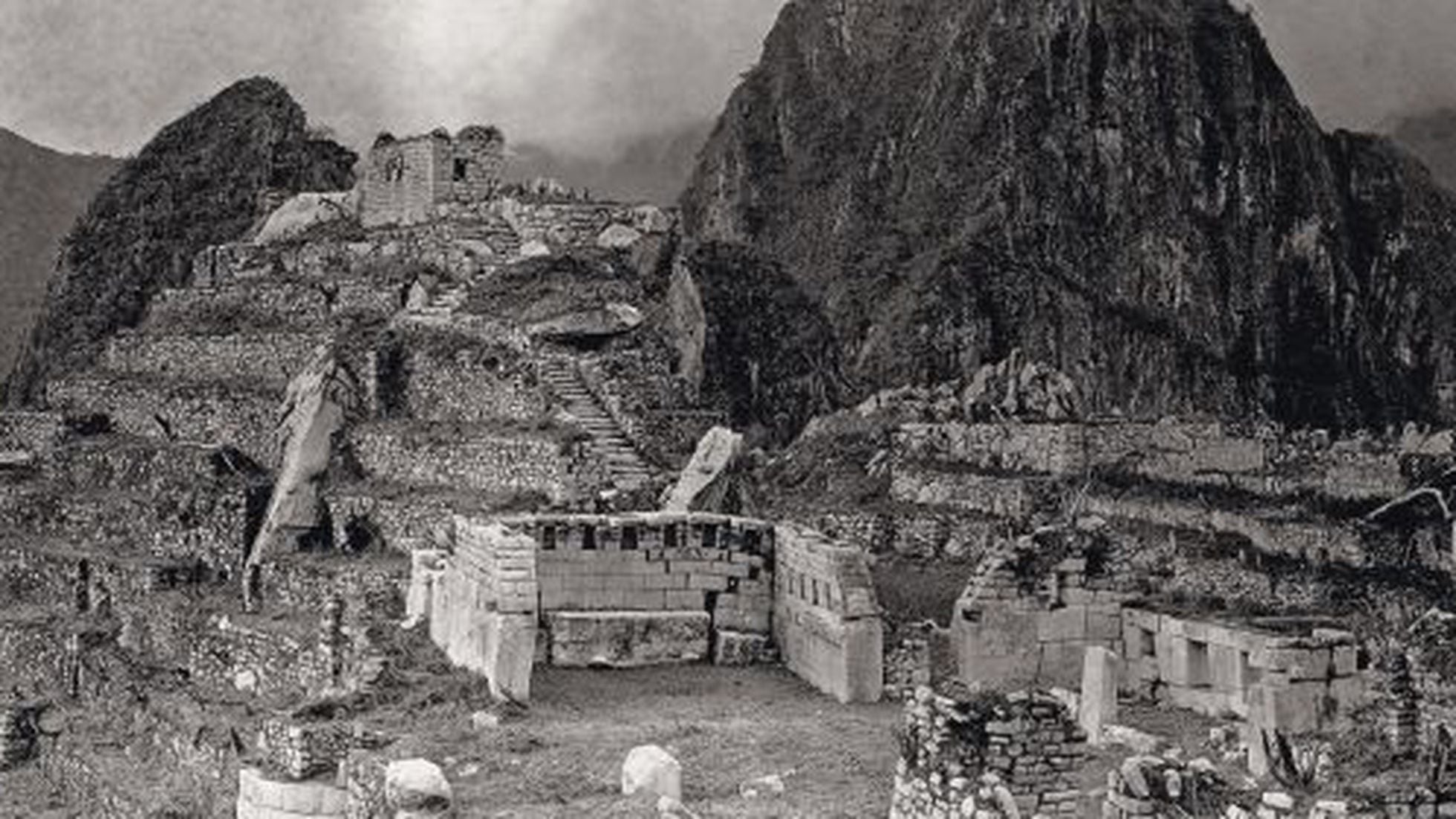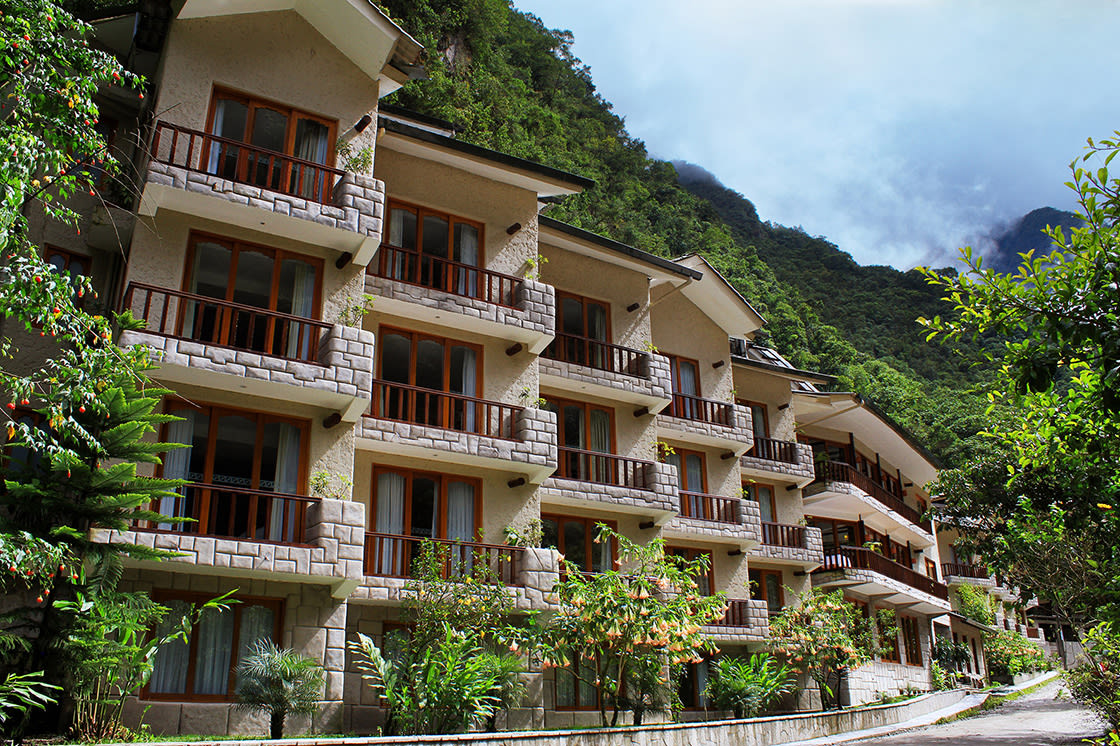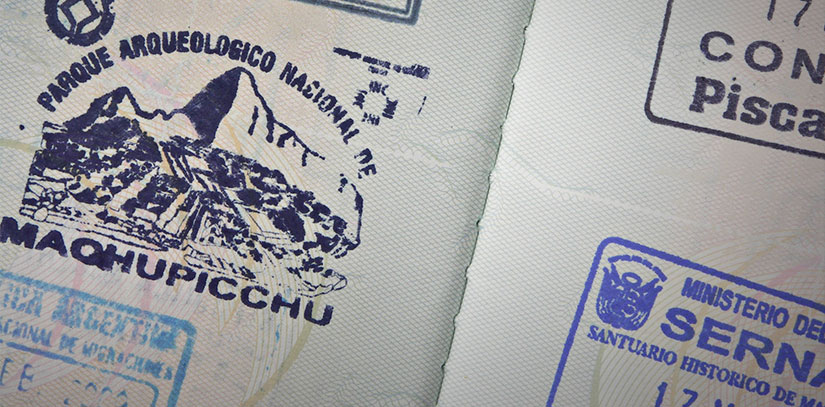Machu Picchu Travel Guide
 Machu Picchu Travel Guide – Machu Picchu has rightly been considered one of the New Seven Wonders of the World and a UNESCO World Heritage Site. Its impressive history and misty mountain landscape create a sense of wonder and mystique.
Machu Picchu Travel Guide – Machu Picchu has rightly been considered one of the New Seven Wonders of the World and a UNESCO World Heritage Site. Its impressive history and misty mountain landscape create a sense of wonder and mystique.
Built in the fifteenth century by order of the Inca Pachacuteq, this place was inhabited for approximately one hundred years. Machu Picchu remained hidden during the Spanish conquest, meaning it escaped vandalism and destruction. It was not until 1911 that local villagers presented the ruins to the American historian Hiram Bingham. Soon the outside world would be reading stories about this forgotten city and marveling at photographs of its ingenious architecture and engineering.
In Machu Picchu Travel Guide, we will cover absolutely everything you need to know before visiting Machu Picchu, including information about the site and the best places to visit, where to eat and stay in the city, how to book your trip and get to Machu Picchu, as well as like some essential tips and a packing list.
History of Machu Picchu
 Many people call it as “Lost City of the Incas”, Machu Picchu was built in the 15th century by the Inca emperor Pachacuteq. It was abandoned around 1550, at the time of the Spanish conquest.
Many people call it as “Lost City of the Incas”, Machu Picchu was built in the 15th century by the Inca emperor Pachacuteq. It was abandoned around 1550, at the time of the Spanish conquest.
The Spanish never discovered Machu Picchu (Machu Picchu in Quechua) and the nickname of Ciudad Perdida stuck. It remained unknown to the outside world until 1911.
That year, local indigenous farmers brought American historian Hiram Bingham to the ruins. Bingham published the findings of his explorations and Machu Picchu went global.
Climate of Machu Picchu
 Machu Picchu has a subtropical highland type of climate, with temperatures mainly in the temperate range.
Machu Picchu has a subtropical highland type of climate, with temperatures mainly in the temperate range.
It has wet and humid summers (Oct-March) and dry and frosty winters (May-Sept). At any time of year, it is common to see morning mist rising from the river Urubamba.
Much of the surrounding area is cloud forest, bringing mist and occasional afternoon rains at any time.
Geography of Machu Picchu
Machu Picchu lies 50 miles northwest of Cusco. It is usually accessed by train via the Sacred Valley or by hiking the Inca Trail or other alternative hikes in the area.
The ruins sit at an altitude of 2,430m / 7,970 ft. on a mountain ridge that forms part of the Eastern Cordillera of southern Peru.
At its feet lies the Urubamba river, which cuts a canyon through the Cordillera.
Access to the ruins is either by foot via the Sun Gate or by taking a bus from Aguas Calientes to the entrance.
Best Time to Visit Machu Picchu
Machu Picchu is a year-round destination. However, there are distinct advantages to traveling during each season. While there is still the chance of rain during the dry season, it is minimal.
This makes for clear views and excellent hiking conditions. In contrast, during the rainy season, crowds are smaller, and the heavy mist adds a sense of mystique. The shoulder months offer a balance with temperate weather and fewer travelers.
How to Get to Machu Picchu
 Machu Picchu is at a considerable distance and transportation there is limited. No roads connecting Cusco and the Sacred Valley with Aguas Calientes, so your only two options are to take the train or walk there.
Machu Picchu is at a considerable distance and transportation there is limited. No roads connecting Cusco and the Sacred Valley with Aguas Calientes, so your only two options are to take the train or walk there.
- Inca Trail: The Inca Trail is the famous multi-day trek that ends in Machu Picchu. When people say they’re climbing Machu Picchu, this hike is typically what they mean.
- Salkantay Trek: This is an excellent alternative trek to Machu Picchu for travelers who appreciate nature.
- Lares Trek: This is another alternative recommended for trekkers whose interest lies in cultural immersion.
- Sacred Valley Tour: For a fully guided option, consider 2 day Sacred Valley tour from Cusco. This is how I did it, and we spent a day exploring the Sacred Valley, took the train to Aguas Calientes where we spent the night, headed up to Machu Picchu bright and early the next morning to spend most of the exploring before hopping on the train and bus back to Cusco.
- Trains: Most trips to Machu Picchu begin with a train ride via IncaRail or PeruRail, or the luxurious Hiram Bingham. All of them head to the town of Aguas Calientes, where you can spend the night then take the bus to the entrance of Machu Picchu in the morning.
Where to Stay in Machu Picchu
 Options for Machu Picchu hotels range from 5-star luxury resorts to budget dorms and everything in between. Machu Picchu Sanctuary Lodge is the only hotel up on the mountain next to the main entrance of the archaeological complex. All other accommodations are in Aguas Calientes and walking distance from the train station.
Options for Machu Picchu hotels range from 5-star luxury resorts to budget dorms and everything in between. Machu Picchu Sanctuary Lodge is the only hotel up on the mountain next to the main entrance of the archaeological complex. All other accommodations are in Aguas Calientes and walking distance from the train station.
- Inkaterra Machu Picchu Pueblo Hotel.
- Sanctuary Lodge – Machu Picchu.
- Casa Andina
- Hotel Santuario
- Sumaq Machu Picchu
- Andina Luxury
- Inti Punku – Machu Picchu
- La Cabaña Boutique
- Mantu Boutique Hotel
Restaurants
 There are plenty of places to eat and drink in Aguas Calientes. You’ll find that many restaurants offer similar fare, but here are a few of our favorites that offer lots of variety for you to choose from.
There are plenty of places to eat and drink in Aguas Calientes. You’ll find that many restaurants offer similar fare, but here are a few of our favorites that offer lots of variety for you to choose from.
- Indio Feliz: This restaurant offers a French-Peruvian mix with unique decor. Not for those on a budget.
- Mapacho Craft Beer & Peruvian Cuisine: If you’re a fan of craft beer and tasty food, then this is the place to go. The food is mainly Peruvian cuisine.
- Incontri del Pueblo Viejo: Everyone enjoys an Italian meal while they’re on vacation, and this is the top place to get some in Aguas Calientes.
- The Tree House: This restaurant has been around for a long time and is popular with visitors to the town. They offer Peruvian and international cuisine.
- Café Inkaterra: This is one of the most luxurious hotels in town that offer a fantastic gastronomical experience.
- La Boulangerie de Paris: From the name, you have likely already guessed this place is French, and you’d be right. You can find a delicious coffee here with a nice pastry or sandwich.
- Full House Peruvian Cuisine: This place offers some great Peruvian fusion food while you sit on a balcony and enjoy the sound of the rushing river below.
- Chullpi Machu Picchu Restaurante: Here, you’ll find a rustic-chic vibe and get to try some gourmet versions of classic Peruvian dishes. They also offer a tasting menu.
- Qunuq Restaurant: This restaurant is part of Sumaq Hotel and is one of the finer eateries in town. It’s another spot to taste the delicious Peruvian fusion plates.
- Toto’s House: This place has also been around for a long time and does lunch buffets for large groups at lunchtime for a very reasonable price. In the evening it becomes more intimate and you can order some of the traditional Peruvian dishes to try.
- Hot Spring: This restaurant has been around for a long time and is popular with visitors to the town. They offer Peruvian and international cuisine.
Visitor Guidelines
Machu Picchu Tickets
Tickets to Machu Picchu are limited and must be purchased in advance. There are general entry tickets and ones that include the hikes for Huayna Picchu (only 400 daily available) or Machu Picchu Mountain (only 400 daily available).
 Demand for Huayna Picchu and Machu Picchu Mountain is especially high during the June, July, and August dates. Advanced planning – sometimes 4 months in advance – is a must. Reserve your spot at the time you book your Machu Picchu tickets.
Demand for Huayna Picchu and Machu Picchu Mountain is especially high during the June, July, and August dates. Advanced planning – sometimes 4 months in advance – is a must. Reserve your spot at the time you book your Machu Picchu tickets.
Tickets are not sold at the main entrance. If you’ve waited until the last minute, your final opportunity is at the National Cultural Institute (INC) office on the main plaza in Aguas Calientes (We do not guarantee that you will be able to find any tickets at the last moment).
Time in Machu Picchu
The time designated for you to enter Machu Picchu is selected when you buy your tickets in advance. For whichever assigned time indicated on your ticket, you have the full hour to enter the archaeological site. We suggest you arrive at the bus stop in Aguas Calientes at least one hour before your entrance time at the Machu Picchu ruins.
- An entry ticket to Machu Picchu is valid for 4 hours.
- An entry with a Huayna Picchu ticket gives you 6 hours to go on a Machu Picchu tour and do the hike.
- An entry with Machu Picchu Mountain ticket gives you 7 hours to take a guided tour and do the hike. This hike is longer than Huayna Picchu hence why you have more time in Machu Picchu.
Walking circuits around Machu Picchu help control foot traffic.
Travel Tips

What to Bring to Machu Picchu
Here is an essential Machu Picchu packing list:
- Passport and Entry Ticket: You need to present both documents at the entrance gate. Bring your original passport.
- Daypack: Only small backpacks can be brought into Machu Picchu.
- Water: Fill up your reusable water canteen or buy bottled water to bring in your daypack to stay hydrated as you walk around Machu Picchu, especially if you do the Huayna Picchu or Machu Picchu Mountain hikes.
- Clothing: Weather changes quickly at Machu Picchu, so it is best to dress in layers so you can add or remove layers as needed. Cloudy conditions quickly turn sunny and vice versa.
- Sun Protection: The sun is very strong at Machu Picchu’s high elevation, especially from June to August during the peak of the dry season. Bring sunglasses, sunblock, and a hat.
- Rain Protection: During the wet season from November to March, pack a rain poncho or travel-size umbrella in your daypack to be prepared for any unexpected showers.
- Footwear: Comfortable hiking boots or athletic shoes with good traction are best for walking around the stone steps at Machu Picchu.
- Camera: A camera with a zoom lense gives you more flexibility to capitalize on different angles and capture stone ruins far away.
- Hiking Poles: Make sure your hiking poles have protective rubber tips if you want to bring them to Machu Picchu.
What NOT to Bring to Machu Picchu
- Camera tripods, selfie sticks, and drones are not allowed inside Machu Picchu.
- Luggage and large backpacks are not allowed. Many hotels offer complimentary luggage storage. There are also storage lockers at the entrance of Machu Picchu.
- Alcohol is not allowed.
- Baby strollers are not practical with all the stairs at Machu Picchu. Instead, a baby backpack style carrier is recommended.
- Metal-tipped canes and walking poles are only allowed inside Machu Picchu with protective rubber tips.
Safety Tips
Aguas Calientes isn’t known for crime (it is virtually non-existent in Machu Picchu), but travelers should always remain wary of petty theft. This particularly applies when in large crowds of people such as at the train station where pickpocketing can go unperceived by the victim. Never leave bags or other valuable items unattended.
Local Currency & ATMs
From bottles of water to meals at restaurants, prices for food, goods, and services are a bit higher in Aguas Calientes compared to anywhere else in Peru. This is because tourism is the town’s only industry and everything has to be shipped by train.
Be sure to budget accordingly. There are ATMs on the major streets, but these are known to be unreliable. Most hotels and restaurants accept major credit cards. There are no ATM machines at Machu Picchu.
Language
Most hotel representatives in Aguas Calientes and staff aboard the train to Machu Picchu speak Spanish and English. Tours are conducted in many languages.


